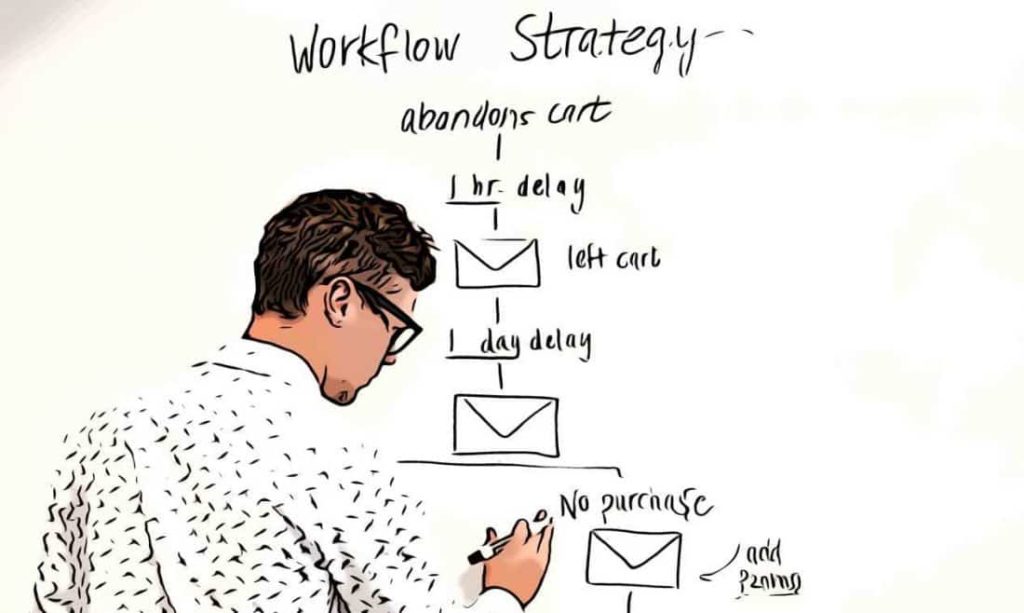Marketers now have a bigger arsenal than ever before. It’s a digital arsenal, an outdoor advertising arsenal, a location-based, personalized, tailor-made arsenal of marketing channels that attract customers.
All this power comes with a problem; it’s hard to tell which marketing channels have the most significant impact on your business. Creating dozens of campaigns across several channels might get the word out about your business, but you’ve got to tie leads back to the marketing channel that delivered them if you want to know what’s working.
That’s where marketing attribution comes in. Attribution means tracking each touchpoint customers have with your brand and assigning credits to those touchpoints according to how much they impacted the customer decision. According to data from HubSpot, companies that use attribution to show marketing ROI have a 12% bigger marketing budget than those that don’t.
Without attribution, you won’t know how to adjust spend and allocate resources towards the most effective, efficient marketing channels. Let’s make sure that doesn’t happen.
Table of Contents
The Issue of Offline Attribution
Attribution can solve the problem of how to give credit to offline conversions. Imagine that someone calls your business’s call center after seeing your billboard, bus stop ad, or brochure. How do you assign credit to that marketing source if you can’t track a click?
Call tracking numbers can solve this issue. Simply put a tracking number on the ad, link it to your real number, and use call tracking software to capture that lead and track it back to the marketing source.
Offline attribution methods like call tracking allow you to quantify revenue from non-digital ads. As for the digital ads? Many tracking tools use first-click attribution; when credit goes to the first click that brings a user to a website.
A Simple Guide to First-Click Attribution
Picture this; someone performs a Google search for “what is CRM software.” That user finds your site in the search results and clicks. They visit your site, see your number and eventually call your salespeople. This is a lead, and the credit for this lead goes to the first marketing source they clicked on; Google organic search results.
Now let’s imagine something different happened. Instead of calling your sales team, that user ended up leaving your site without making contact. A few days later, they saw one of your PPC ads while searching for CRM software again. Recognizing your company name, they clicked the ad, called the tracking number on the landing page, and got in touch with a salesperson.
The credit for this lead still goes to Google Organic because that was the first click this user made before interacting with your site. There’s a problem though; PPC marketing also played an essential role in converting this customer.
Without the ability to track and account for all your marketing sources, you’d risk overvaluing Google Organic and undervaluing the PPC campaign simply because first-click attribution didn’t split the credit evenly between the two marketing sources. Marketers have recognized the need for more data and multi-channel attribution; a 2016 study found that 39% of marketers planned to use six or more marketing channels over the next two years.
Expanding Attribution with Better Data
Landing Page reports and Lead Page Reports give you the extra insights you need to assign lead credit across all marketing sources accurately. Landing Page reports tell you which web page the lead first landed on when coming to your site, a tidbit that can help you identify the keyword they used to search for your product. For instance, if they land on a specific product page, they likely used a keyword related to that product.
Landing Page reports can also reveal the other marketing methods leads used to visit your site. You may be sending out emails with links to pages on your website, or you may have backlinks from other sites, and landing page reports can reveal whether or not the people who clicked on those links ended up converting.
Lead Page Reports are a little different. They reveal which page the lead was on when they took a conversion action (calling, filling out a form, or initiating a chat). These reports reveal how effective various web pages are at turning prospects into leads.
First-touch attribution may only reveal one marketing channel’s effectiveness, but combining attribution data with a landing page and lead page reports will reveal how the various marketing channels intersect and impact the customer journey. In fact, you can even bring location data into the mix.
Realizing the Power of Real World Store Attribution
Attribution isn’t just for digital businesses. Integrating a real-world store attribution tool into your marketing stack will tell you when leads saw your marketing, when they came into your business and when they made a purchase. For brick and mortar businesses, this is a must. It’s also no longer a futuristic technology reserved for a select few; real-world store attribution tools are available.
With these tools, you can see how to drive traffic to your Shopify store, as well as your real0world store. You can see how long people stay in your stores, how often they visit, and demographic information about each customer. Maybe some marketing efforts drive people to your stores, but those people don’t make large purchases. You might be able to identify the marketing efforts that drive high-value customers to your stores, who make large purchases and come back for more.
The prevalence of mobile devices among the population has made real-world store attribution possible. However, these devices are just one part of the multi-device ecosystem that marketers must follow to capture every lead and trace it back to the marketing source.
The Need for Cross-Device Attribution
According to this Google research project, 51% of consumers will search for products across multiple devices, and 48% will directly navigate to their destination website from a different device than they used to find the site initially. Someone might search for a new CRM software on their phone, find a product they like, and then use their desktop computer to navigate that website directly and buy the product. Attribution has to be able to keep up with these changes.
That’s a lot of information to keep track of. Luckily for us marketers, that study was conducted in 2012, and attribution technology has caught up since then. While most consumers probably use multiple devices to shop even more frequently in 2020, it’s easier to track all searching, browsing, and shopping with cross-device attribution tools.
A Wrap-up on Attribution
Attribution is one of those marketing phrases that gets thrown around a lot, but it boils down to how well you can understand what marketing works. It’s the process of capturing data, tying it all together, and creating simple reports that explain what’s going on. If you can do that, you can calculate the exact impact your marketing has on the business’ bottom line. That’s valuable information, and it can make you, as a marketer, invaluable to your company.
James is the head of marketing at Tamoco




Leave a Reply